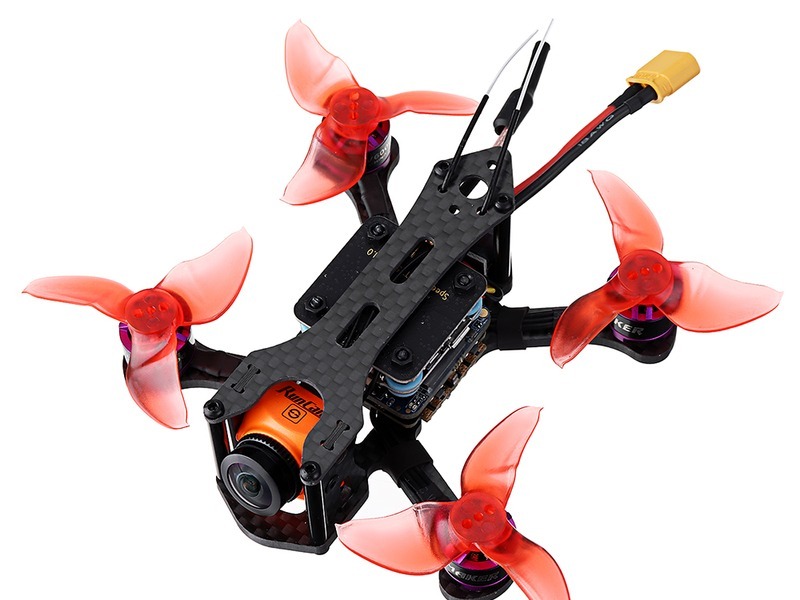Why are drones not allowed in airports?

Drones are not allowed in airports due to the potential safety and security risks they pose. Drones can interfere with aircraft operations, create a distraction for pilots, and even cause physical damage to aircraft. Additionally, drones can be used to smuggle contraband into airports, which could lead to serious security breaches.
The Federal Aviation Administration (FAA) has strict regulations in place to protect airports from the potential risks posed by drones. The FAA requires that all drones be registered and that operators must follow certain rules and regulations when flying near airports. These rules include not flying within five miles of an airport, not flying higher than 400 feet, and not flying over people or moving vehicles.
In addition to the FAA regulations, airports have their own rules and regulations regarding the use of drones. These rules are designed to protect the safety and security of the airport and its passengers. For example, some airports may require that drones be flown only in designated areas, or that they be flown at a certain altitude. Other airports may require that drones be flown only during certain times of the day or night.
The potential risks posed by drones are not limited to airports. Drones can also interfere with other aircraft operations, such as those of commercial airlines. Drones can also be used to smuggle contraband into airports, which could lead to serious security breaches. Additionally, drones can be used to spy on people or to take pictures of sensitive areas, which could lead to privacy concerns.
In order to protect airports and the safety of passengers, the FAA and airports have put in place strict regulations regarding the use of drones. These regulations are designed to protect the safety and security of airports and their passengers. Additionally, airports may have their own rules and regulations regarding the use of drones, which are designed to protect the safety and security of the airport and its passengers.
Comments / Question
2. Fly only in designated areas that are away from busy air traffic routes and airports.
3. Pay attention to Notices to Airmen (NOTAMs) issued by air traffic controllers.
4. Avoid flying in poor weather or at night.
5. Make sure your aircraft has all the necessary certifications and necessary equipment.
6. Maintain vigilance when flying near airports and respect any potential Special Flight Rules Areas.
7. Make sure your aircraft is always in good working condition.
8. Make sure to file a flight plan before takeoff and follow it during the flight.
9. Listen to air traffic control instructions and follow any directives.
10. Abide by the Visual Flight Rules (VFR) and Instrument Flight Rules (IFR).
2. Utilizing Drone Detection Systems: Airports have implemented drone detection systems to detect and track unauthorized drones in their airspace. These systems use radar, acoustic sensors, and/or cameras to detect and track drones.
3. Implementing Geofencing: Airports have implemented geofencing technology to prevent drones from entering their airspace. Geofencing technology uses GPS coordinates to create virtual boundaries that drones cannot cross.
4. Utilizing Jamming Technology: Airports have implemented jamming technology to prevent drones from entering their airspace. Jamming technology uses radio waves to disrupt the communication between the drone and its controller, preventing the drone from entering the airspace.
5. Utilizing Counter-Drone Systems: Airports have implemented counter-drone systems to detect and intercept unauthorized drones in their airspace. These systems use radar, acoustic sensors, and/or cameras to detect and track drones, and then use jamming technology or other methods to intercept them.
2. Interference Risk: Drones can interfere with air traffic control systems, potentially disrupting the flow of air traffic and creating a safety hazard.
3. Security Risk: Drones can be used to smuggle contraband into airports, or to conduct surveillance on sensitive areas.
4. Privacy Risk: Drones can be used to invade the privacy of passengers and crew, or to gather sensitive information about airport operations.

